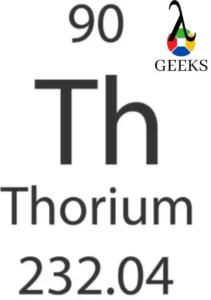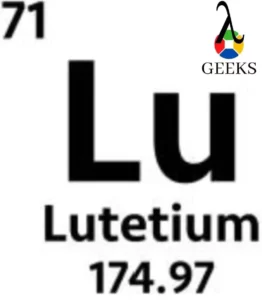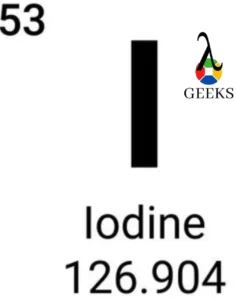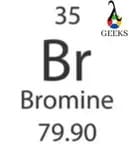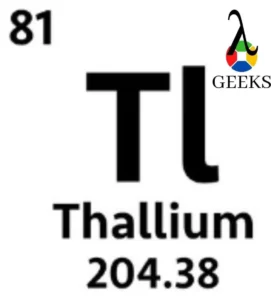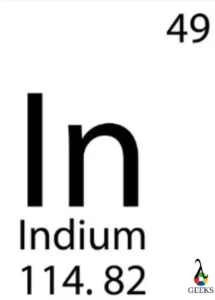Thorium Properties (25 Facts You Should Know)
Thorium is soft, pliable, and tarnishes black when exposed to air, generating thorium dioxide. Let us discuss some important thorium facts. Thorium is an actinide metal that occurs in significant quantities in nature as a primordial element. The metal thorium is very electropositive and very reactive. It is a radioactive and extremely reactive metal that … Read more
